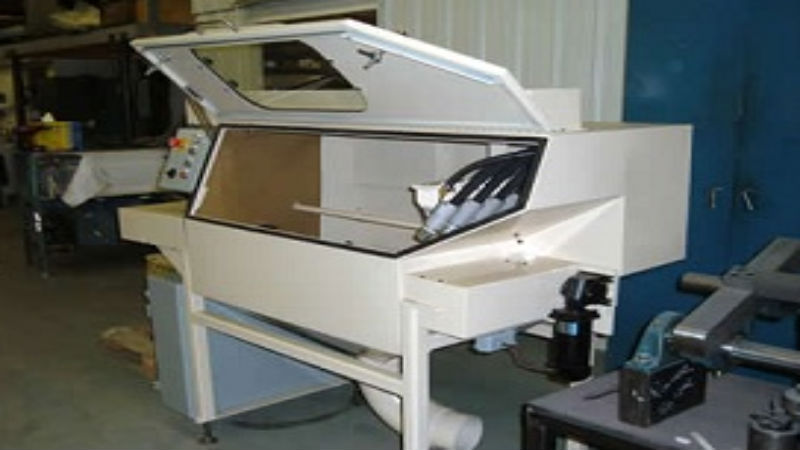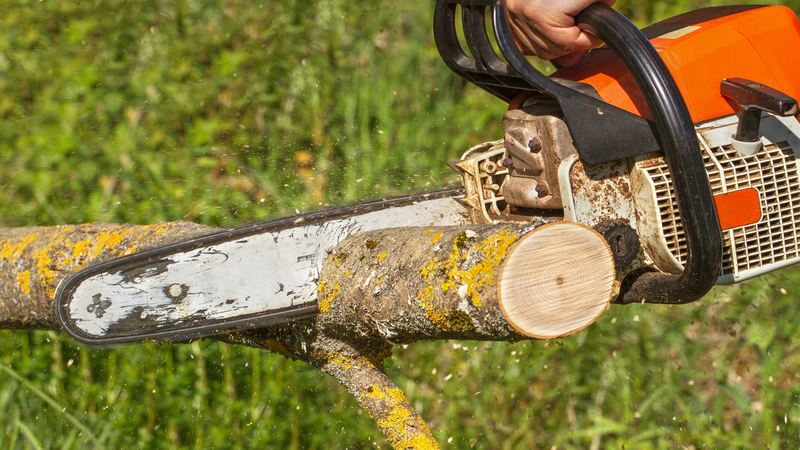Technology is a common component of all aspects of a developing society. The manufacture of flags involves eh evolution of both methods and materials. Whether the focus is on mass-produce or custom printed flags, technology has played a role in changing the means and, just as important, the materials of production.
Early Materials
The first known flags were not custom printed flags. More than 4,000 years ago, busy and skilled hands sewed flags. The material, like the technology differed from today. In this period, the preferred material was silk. Silk is strong and lightweight. These are two desirable qualities for something that will spend most of its days outdoors in different kinds of weather.
Silk can withstand all types of weather from bright sun to heavy rains to snowy blizzards. It ages well. Yet, silk is not heavy. It can blow easily in the wind off a pole on a ship’s mast or a flagpole outside a government office. For armies, silk flags were ideal. They were easy to carry and pack away.
Where silk was not available, people chose to use more materials that are common. Among them were hemp – used in the Betsy Ross Flag of the United States and wool batten – the famous flag flown by Fort Sumpter at the opening round of the American Civil War. Both materials had certain disadvantages. They could become heavy when wet. They also could smell under the same circumstances.
Cotton has also been used to make flags. Cotton lacks durability. It cannot withstand the weather as well as those made form silk or modern materials. It is best suited for indoor flags.
Modern Materials
Modern flags, including custom printed flags, are made of a variety of substances. Among the most common are:
- Nylon: lightweight, durable. A Nylon flag of any size flies easily in the breeze and is simple to carry. It is also to fold and tuck away. Nylon is also quick to dry making it perfect for regions that receive high levels of precipitation
- Polyester: heavy, durable. Polyester flags are best for those flags that must constantly deal with inclement weather conditions. It is better at this than nylon. It is heavier which contributes to its longevity but this may make it more difficult to carry when wet.
- Rayon: silk-like, light-weight. The shiny appeal of rayon makes it perfect for stick flags and indoor use. It is not really suitable for outdoor flags
As technology has advanced, the materials used to produce a variety of flags has changed. From hand sewn to custom printed flags, the material in use reflects the purpose of the flag as well as cost and availability of the materials. Silk, once the major source of flag material is rarely used. Today, rayon, nylon and polyester comprise the major materials in the flag market. Ongoing research is sure to develop alternatives or additions to this list in the future.
Searching for the right Custom Printed Flags can be a chore. Why not make it easy on yourself? Contact A.G.A.S. Manufacturing Group for quality product and excellent service. Learn about our product and services at http://www.custommadeflags.com/.



